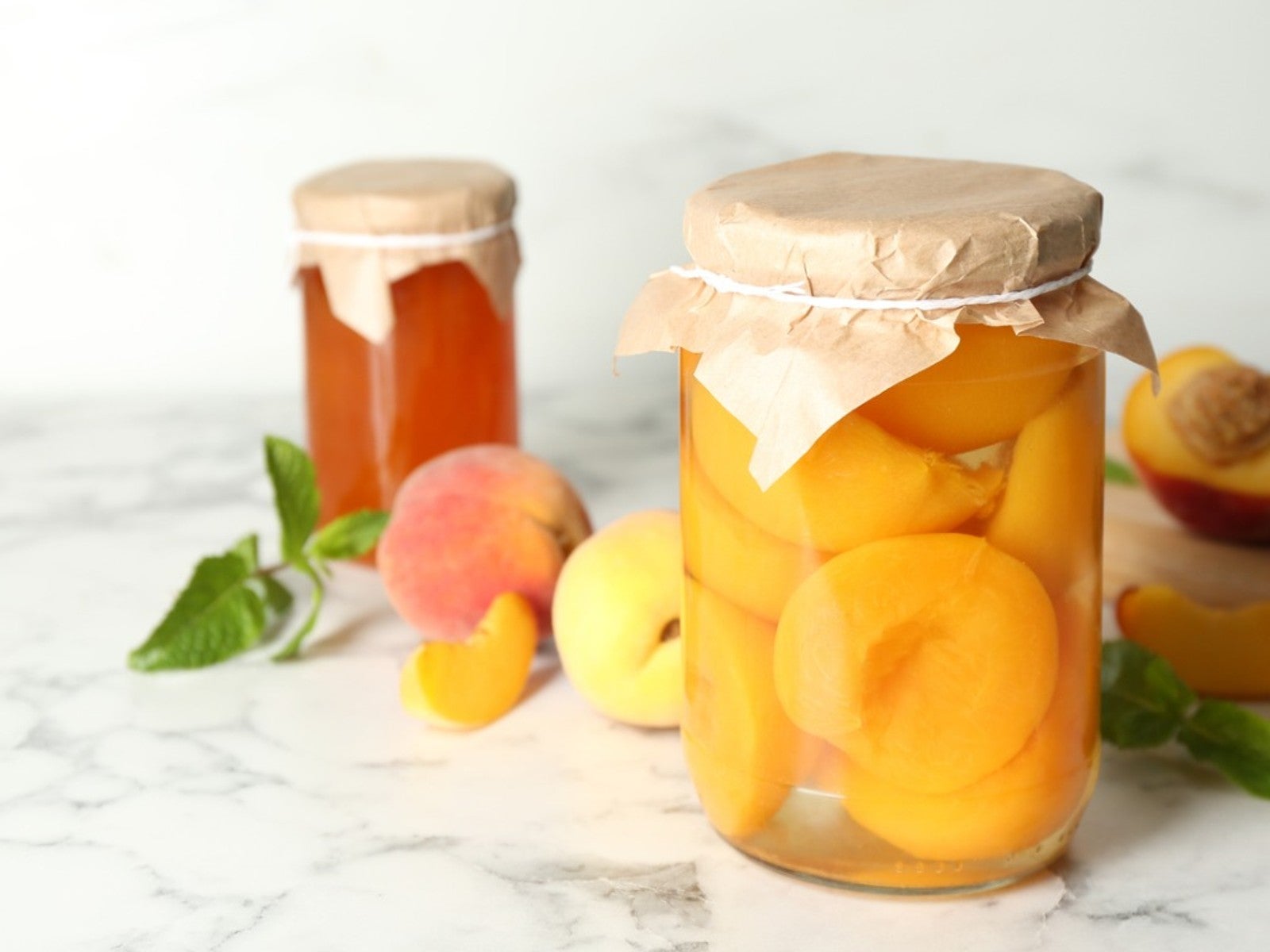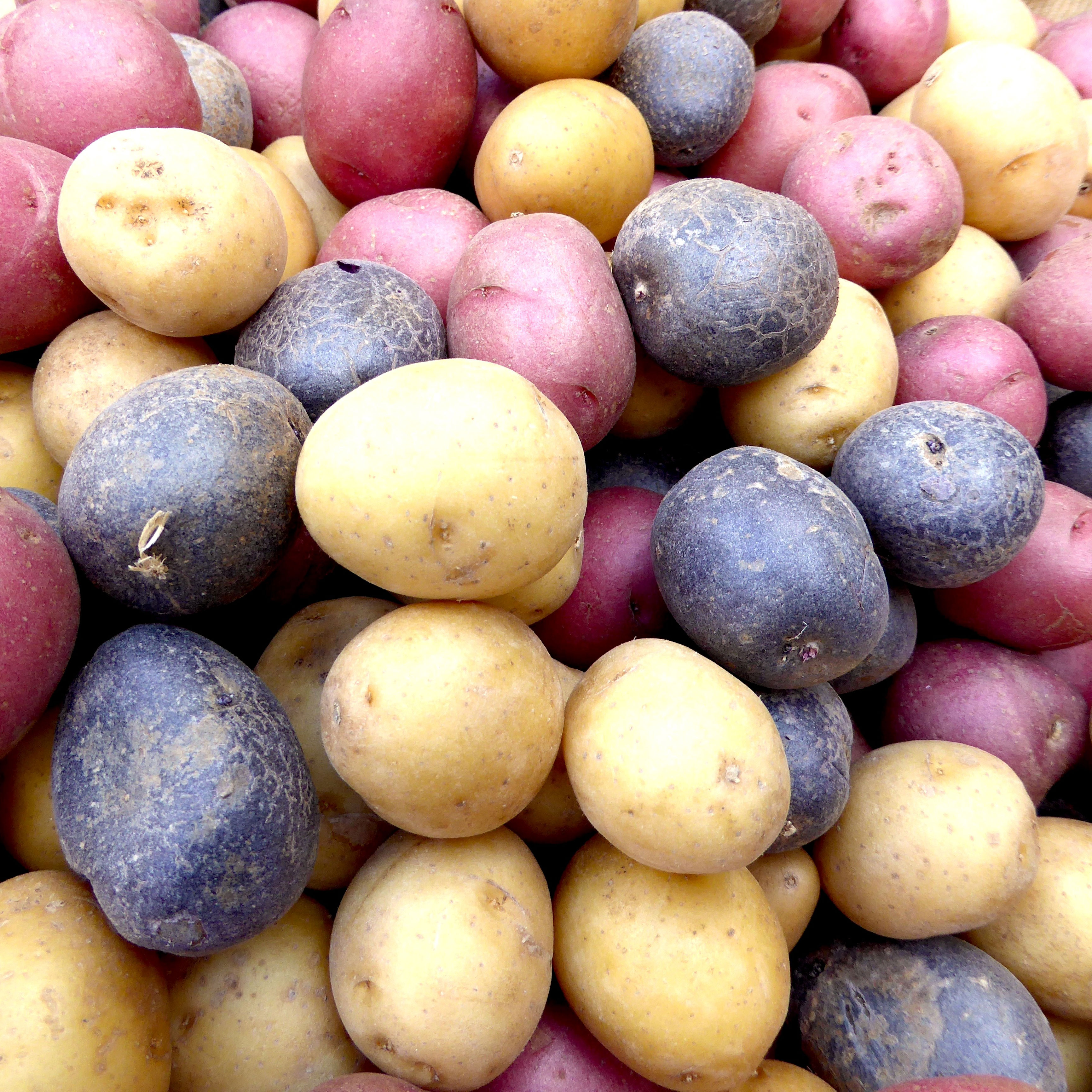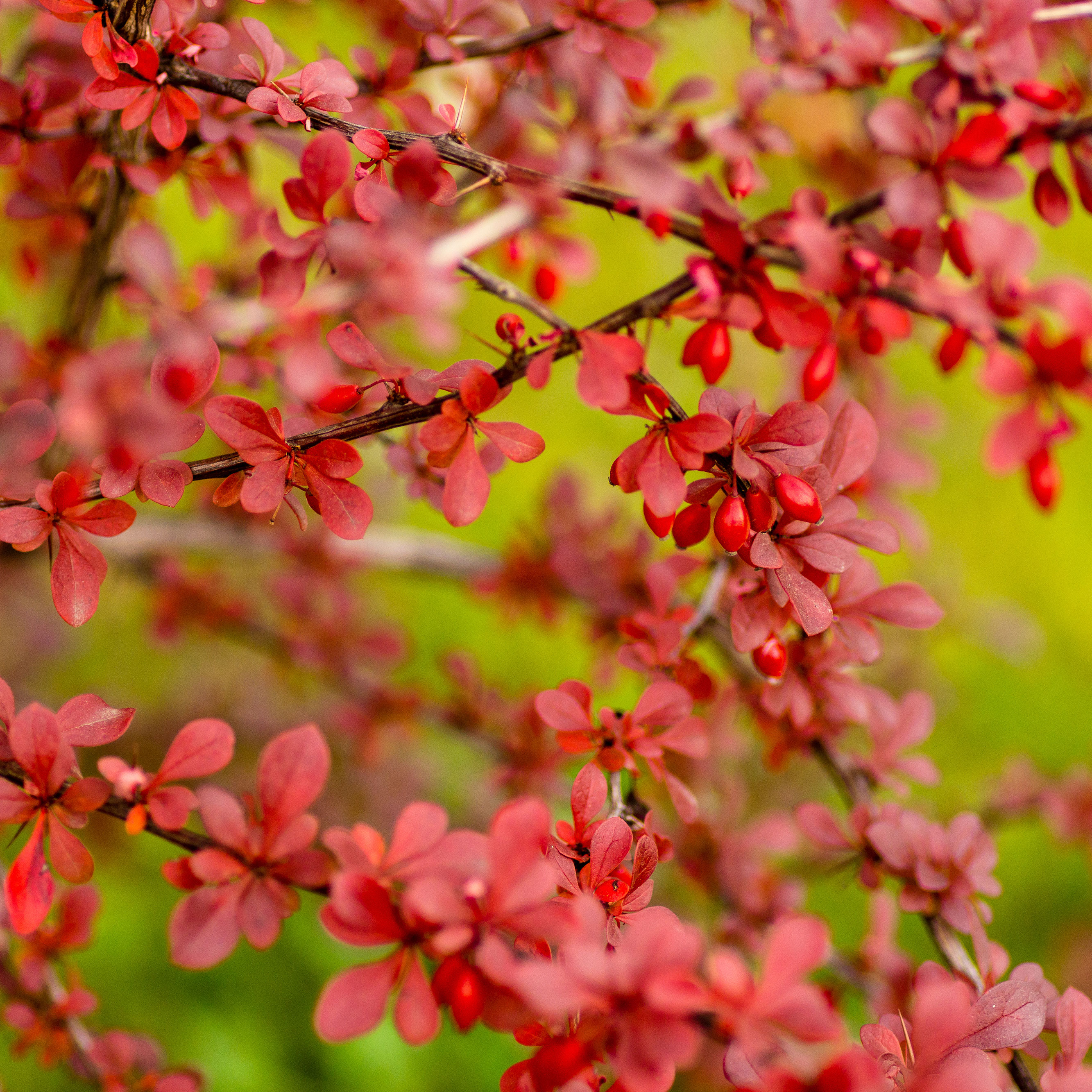Best Peaches For Canning And Preserving


Peaches are one of summer's many delights. They are a fresh treat that doesn't keep long and must be preserved to enjoy later. There are many types of peaches for canning but what are the best peaches for canning? The easiest to can are freestone, although clingstone varieties may also be canned. The best peach variety for canning will also depend upon what is available fresh in your area.
Summer brings all nature's tasty fruits, peaches being chief among them. Since peaches don't last very long, it is often best to preserve them in some way for later use. Peaches may be dried, frozen, or canned as preserves, whole fruit, or slices. Selecting the right varieties will ensure firm fruit that holds its shape after canning. White fleshed peaches simply don't hold up due to their lack of acidity, but many others are perfect preserve peaches.
What Are the Best Peaches for Canning?
When a bumper crop of peaches comes along, it is necessary to preserve them in some manner. Many people simply freeze them to use later in smoothies, pies, or other baked goodies. But when freezer space is tight, preserving them by canning is the best way to go. The best peaches for preserves tend to be yellow fleshed varieties. There is currently no guidance on canning white fleshed peaches because they are low in acid. Canning requires fruits to carry a low pH or be citrified, which is not recommended for white fleshed types. Those peaches should be frozen or dried for preservation. Yellow fleshed peaches have the higher pH necessary for safe canning and will not need any acid added to the canning solution.
Selecting Peaches to Can
Peaches should be fairly firm prior to canning. Overly ripe fruits will break down in the canning liquid, resulting in mushy fruit. Ideal skin color is blush to cream. Avoid peaches with green skin as they will not have a pleasant flavor. Peaches continue to ripen off the tree. If there are green ones harvested, place them in a brown paper bag on the counter for a day or two. Check the bag daily as the fruit can go from green to overly ripe quickly. Some ideal varieties of peach for canning are:
- John Boy
- Redhaven
- Sunhigh
- Bellaire
- Fayette
- Allstar
- Loring
- Cresthaven
- Ernie's Choice
- Canadian Harmony
- Sunbeam
- Rio Oso Gem
- Glohaven
- Belle of Georgia
- Champton
- Glenglo
Tips on Canning Perfect Peaches
Canned peaches are tastier if you take off the skin. Wash your fruit thoroughly and then dip it into boiling water for 30 to 60 seconds. The skin will slip off easily. You may can peaches in halves, quarters, or slices. Remove the pits and cut the fruit into the desired size. If you are doing a big batch, float slices in a citric and water solution to prevent the fruit from browning. Peaches can be canned in a light sugar syrup or plain water, apple or grape juice. Raw packs may be used but the quality of the fruit can suffer. Hot packs, where fruit has been boiled in the preserving solution last longer with better results.
Sanitize the jars completely, and process in either a boiling water canner or dial gauge pressure canner. Consult your local extension office for proper timing for your altitude, as processing times will vary depending on location.
Gardening tips, videos, info and more delivered right to your inbox!
Sign up for the Gardening Know How newsletter today and receive a free copy of our e-book "How to Grow Delicious Tomatoes".

Bonnie Grant is a professional landscaper with a Certification in Urban Gardening. She has been gardening and writing for 15 years. A former professional chef, she has a passion for edible landscaping.
-
 Tuck Into Tasty Homegrown Heritage Spud Varieties: 7 Of The Best Heirloom Potatoes
Tuck Into Tasty Homegrown Heritage Spud Varieties: 7 Of The Best Heirloom PotatoesDo you love your potatoes but fancy a little unique flavor? If you’re interested in taters with a heritage twist, here are some of the best heirloom potatoes to try
-
 Which Invasive Shrubs Should You Avoid Growing? Plus, Best Natives To Plant Instead
Which Invasive Shrubs Should You Avoid Growing? Plus, Best Natives To Plant InsteadCertain plants may look lovely but they can wreak havoc to local areas and native wildlife. Here are the key invasive shrubs to avoid – with recommendations on gorgeous native alternatives to try